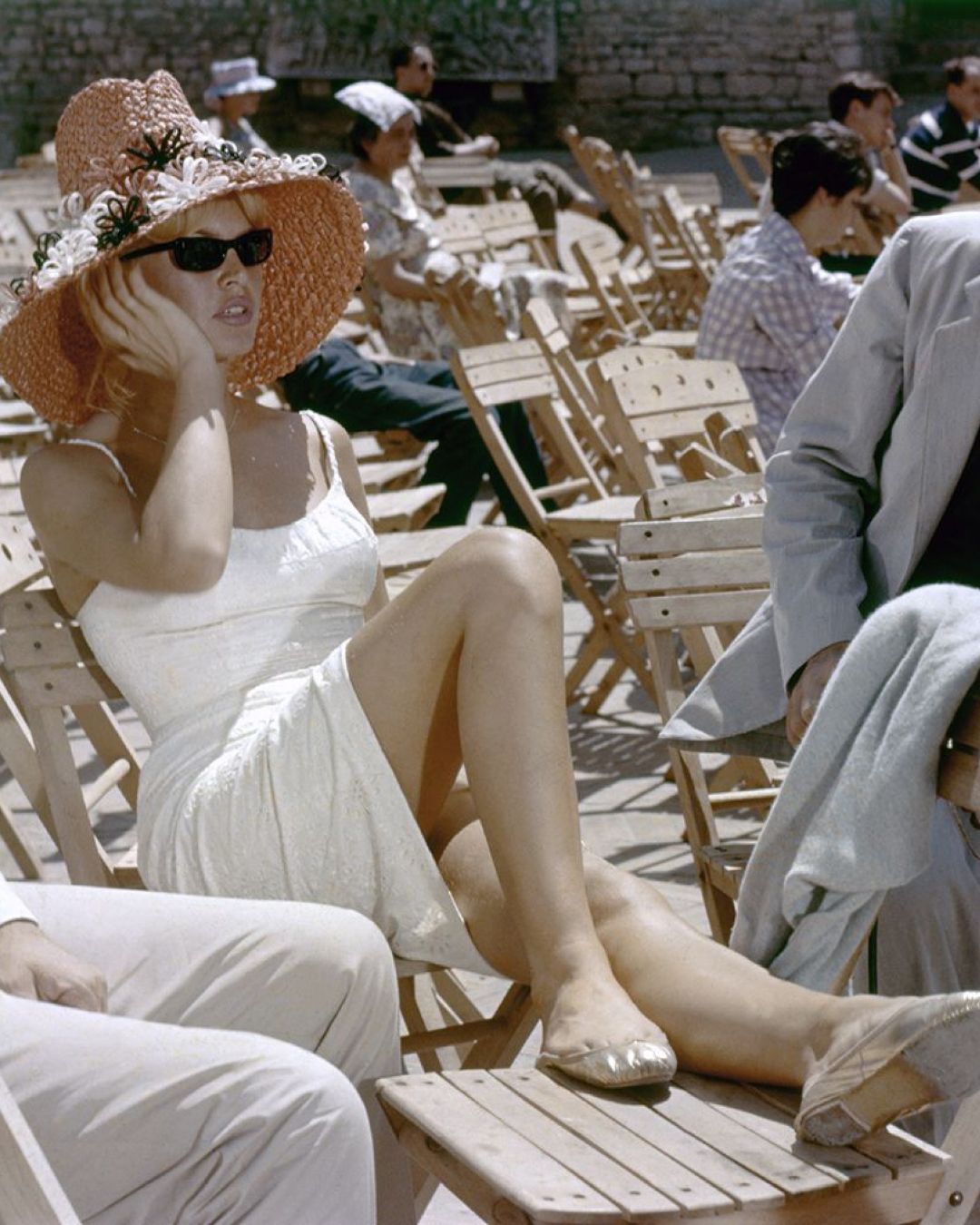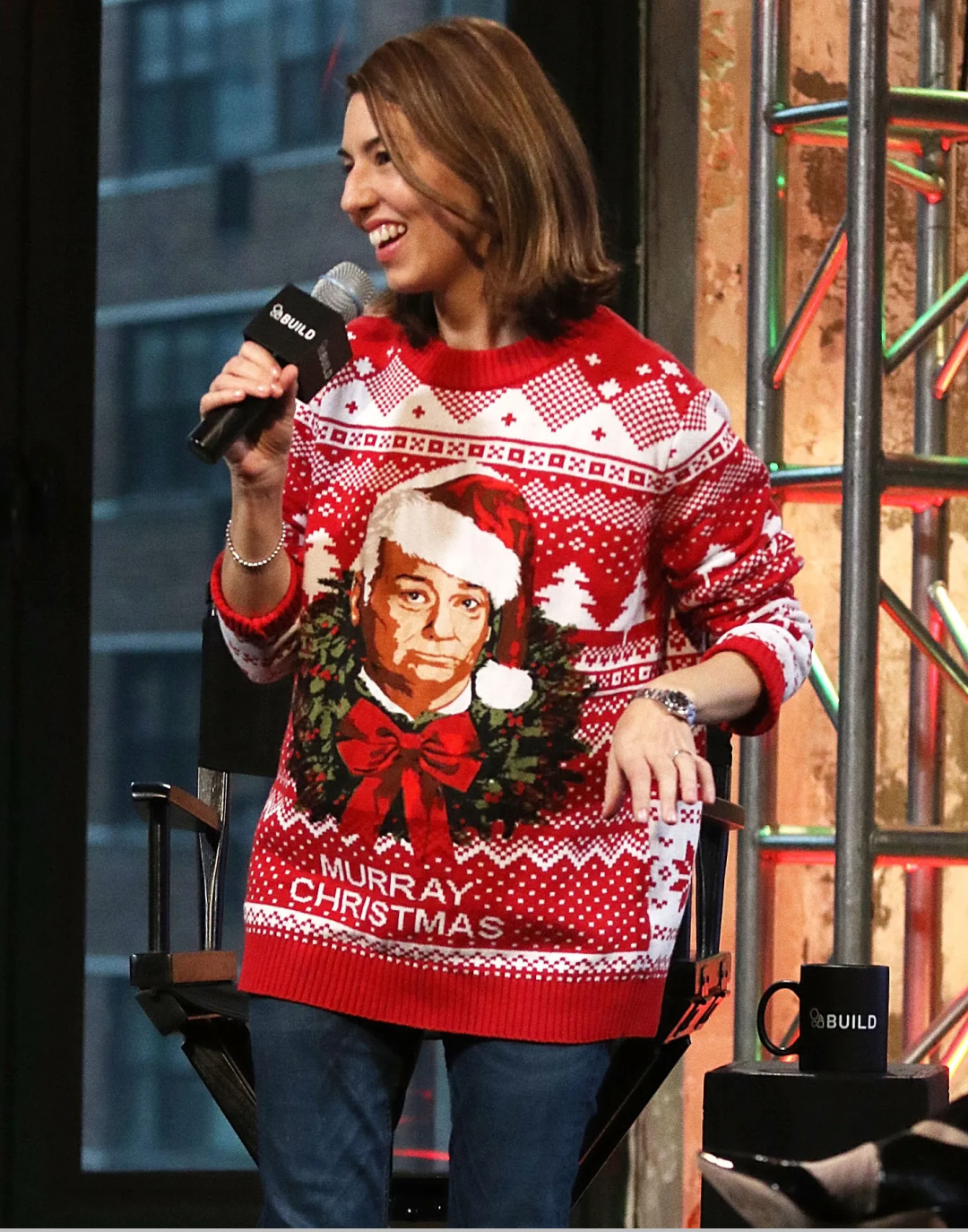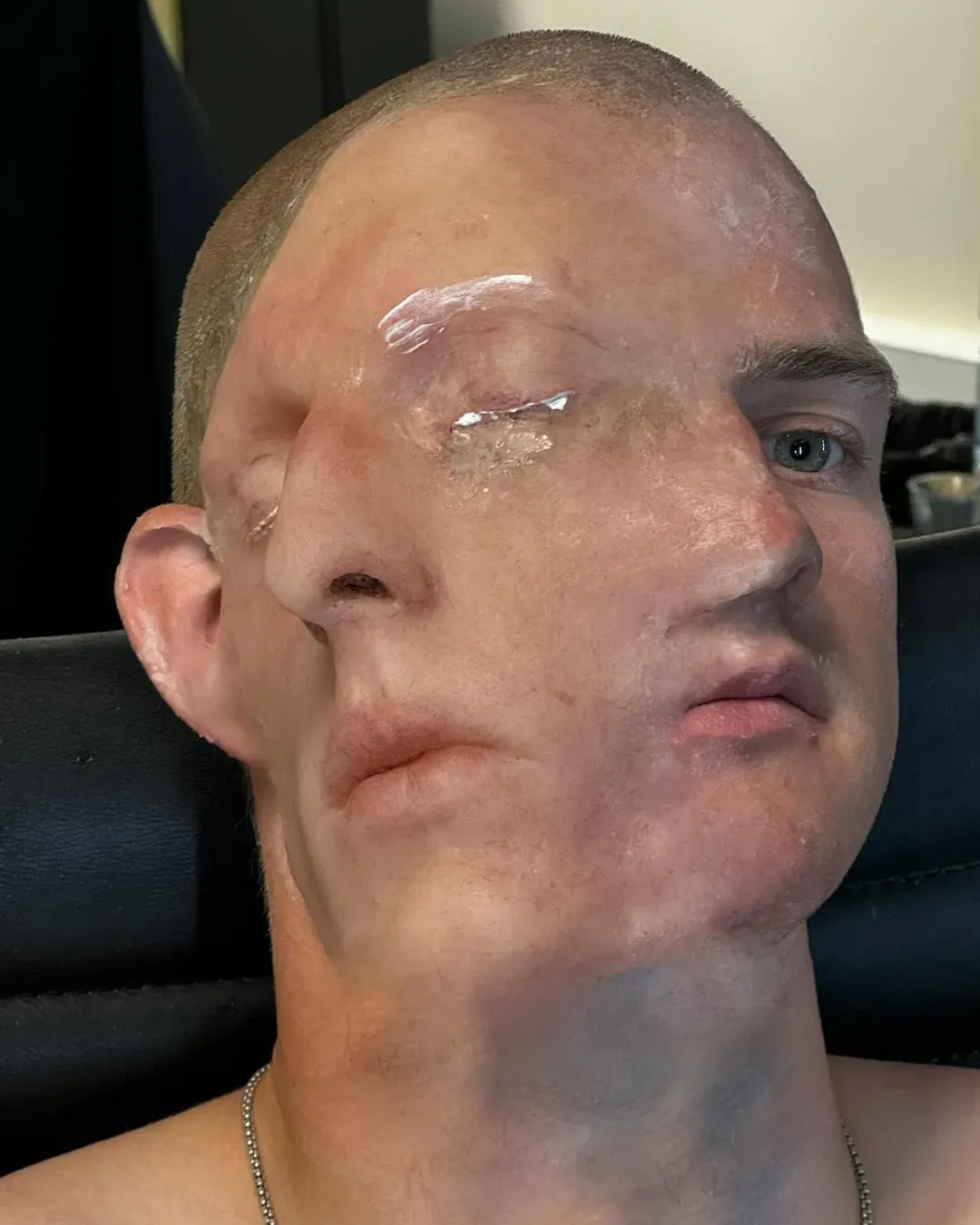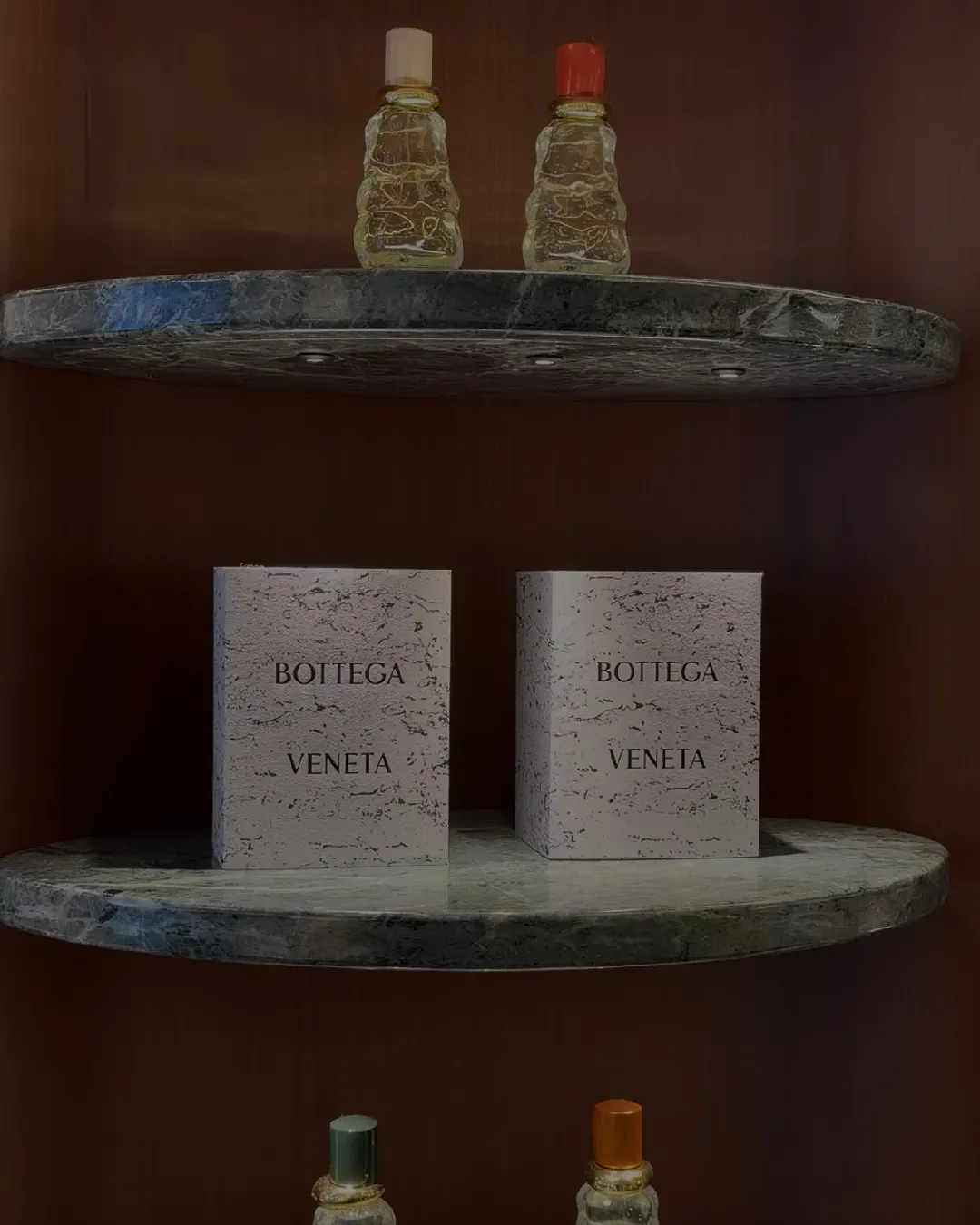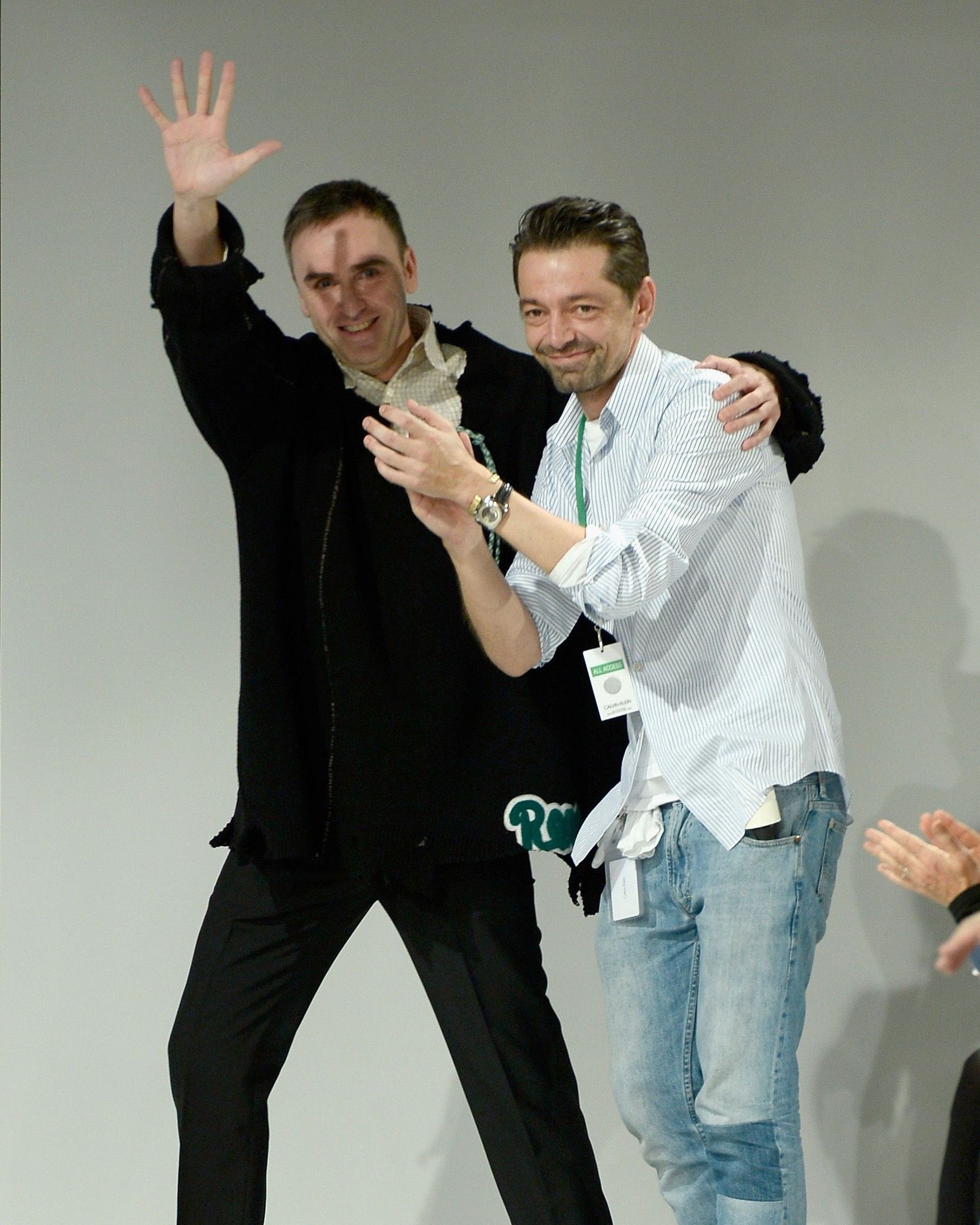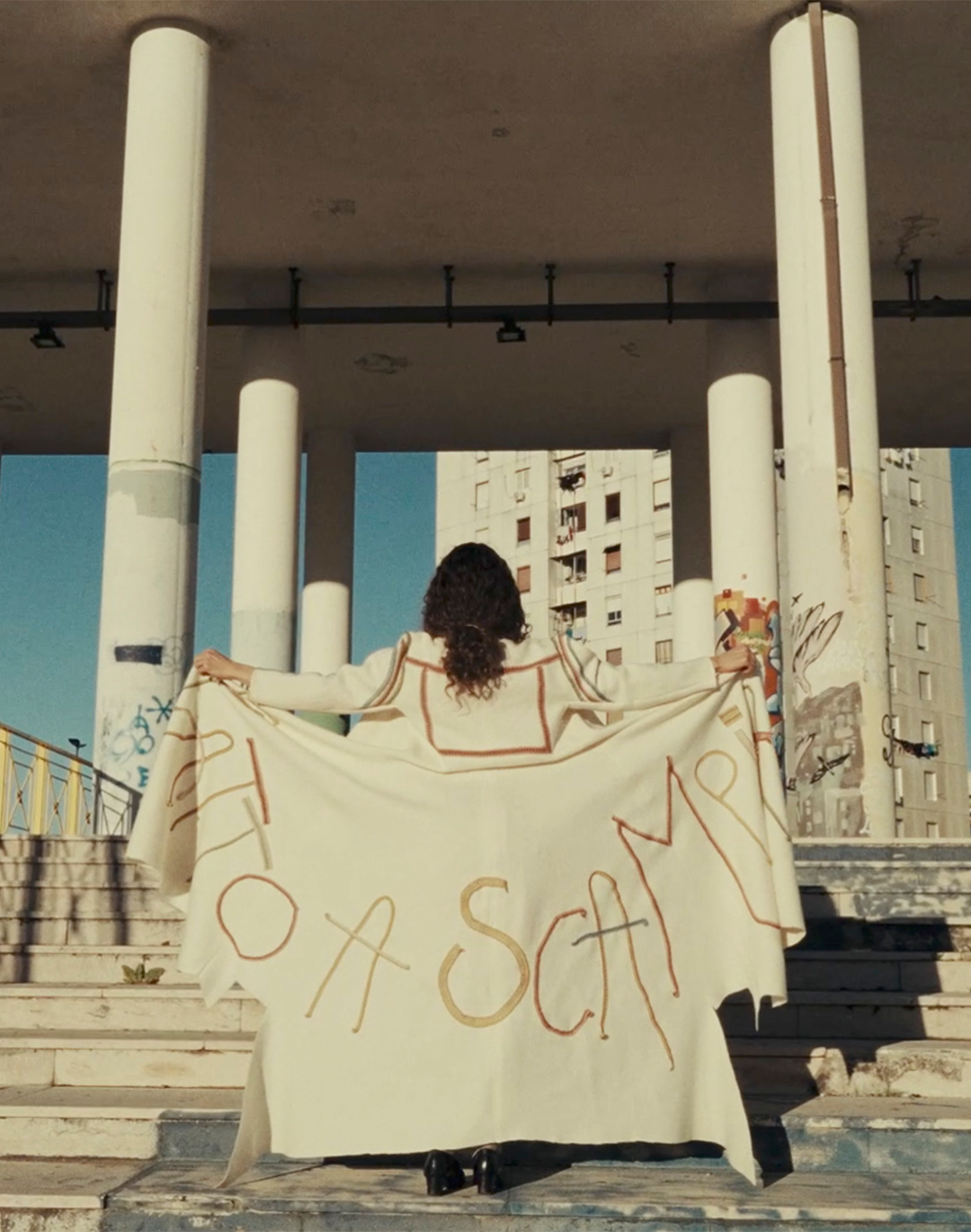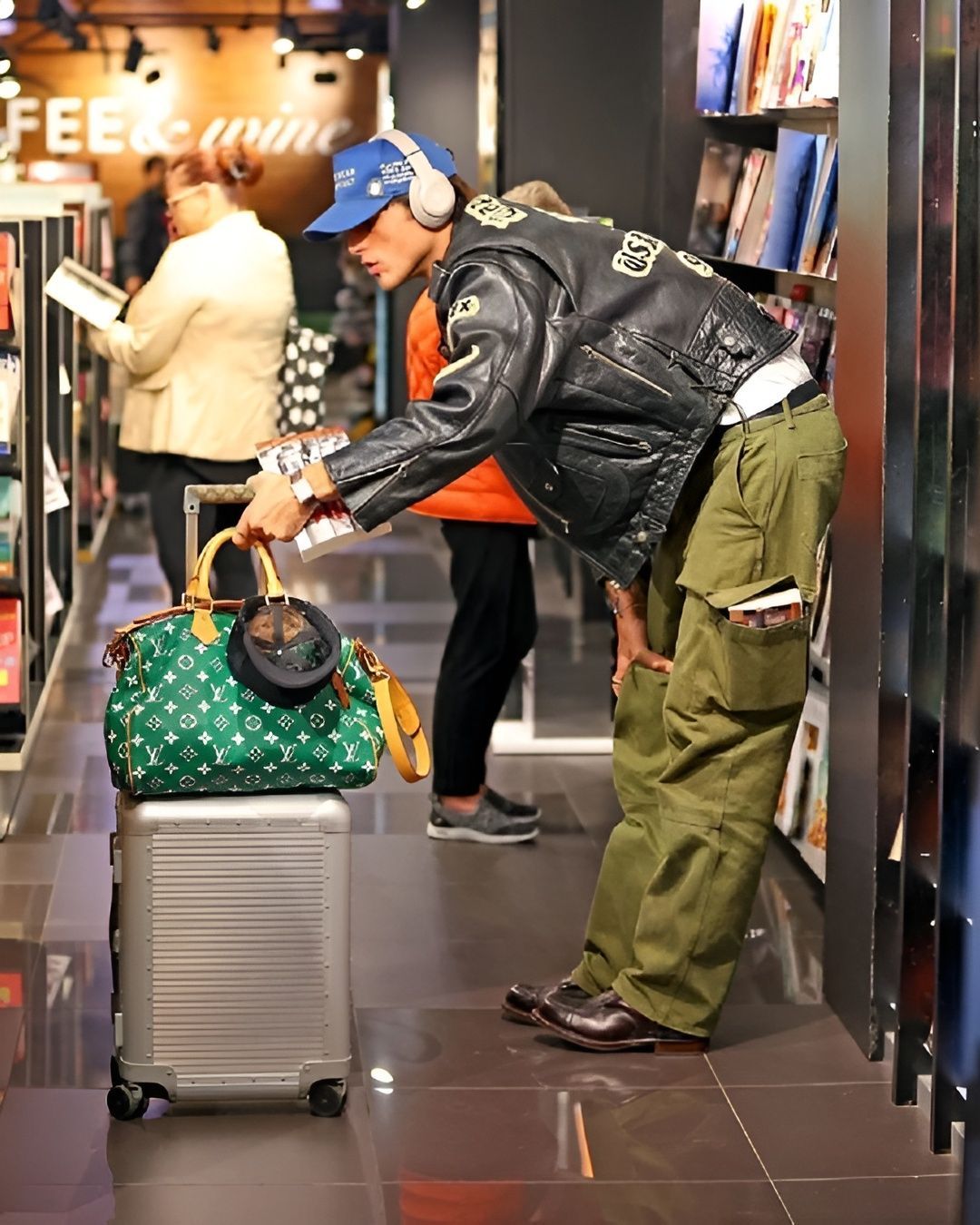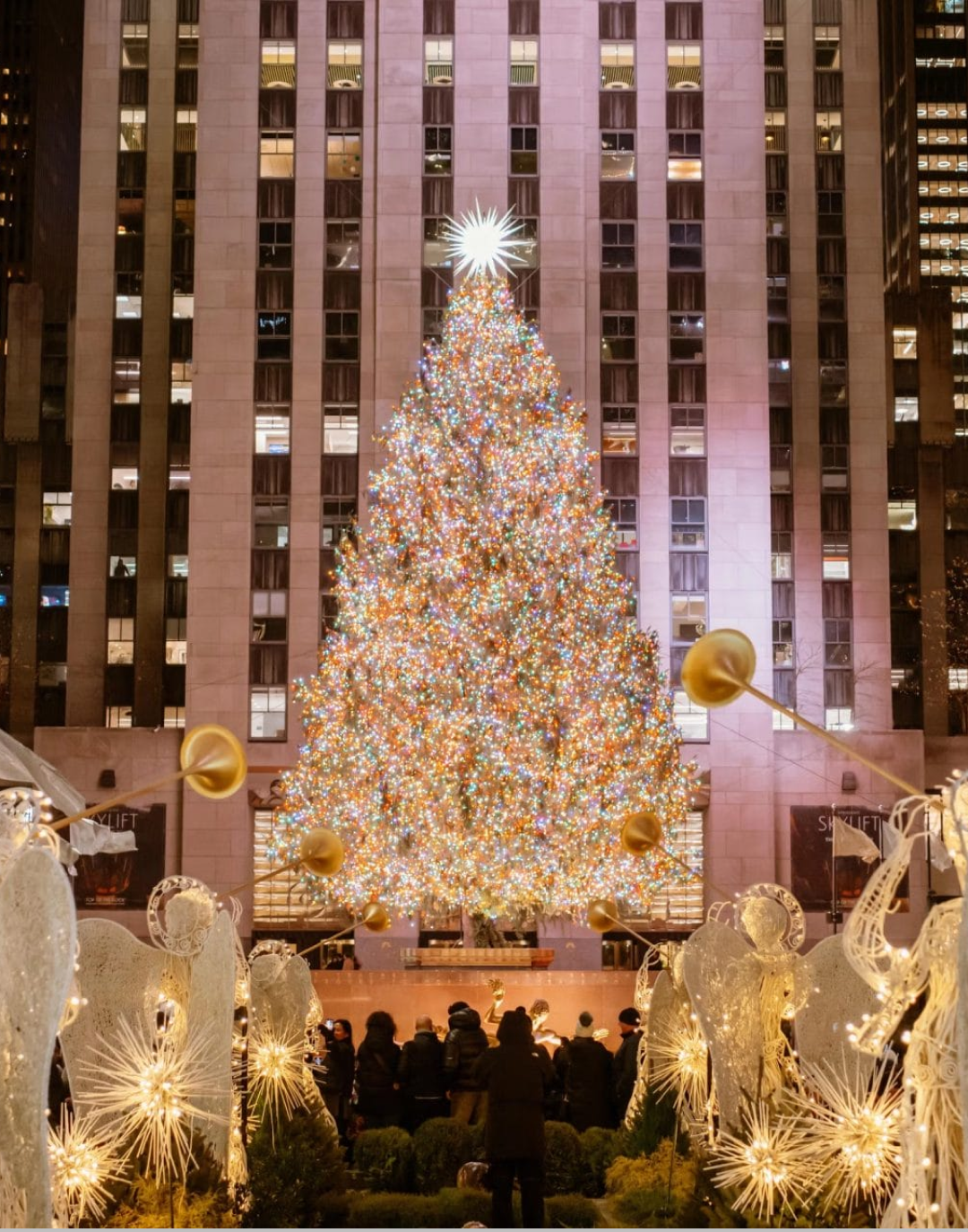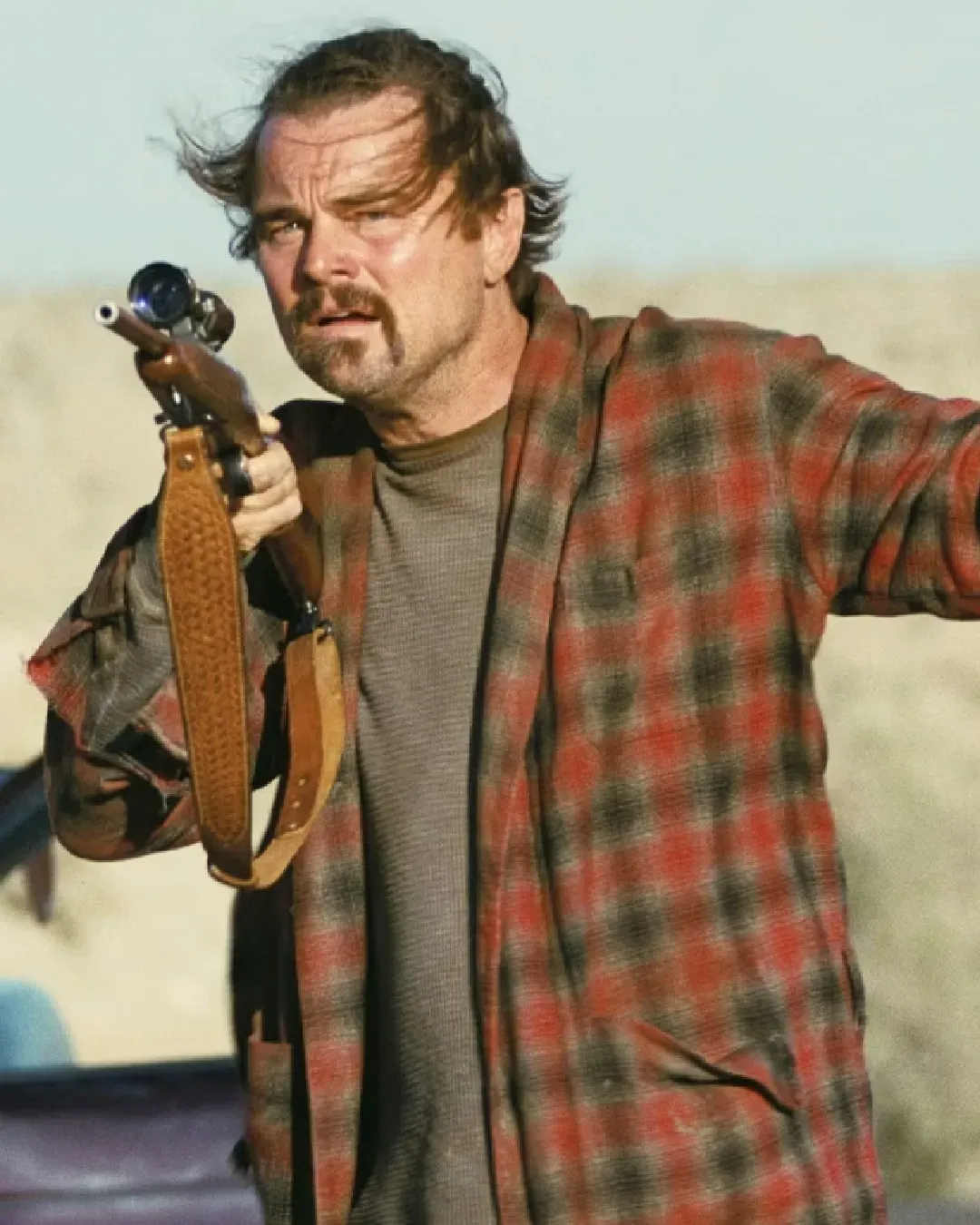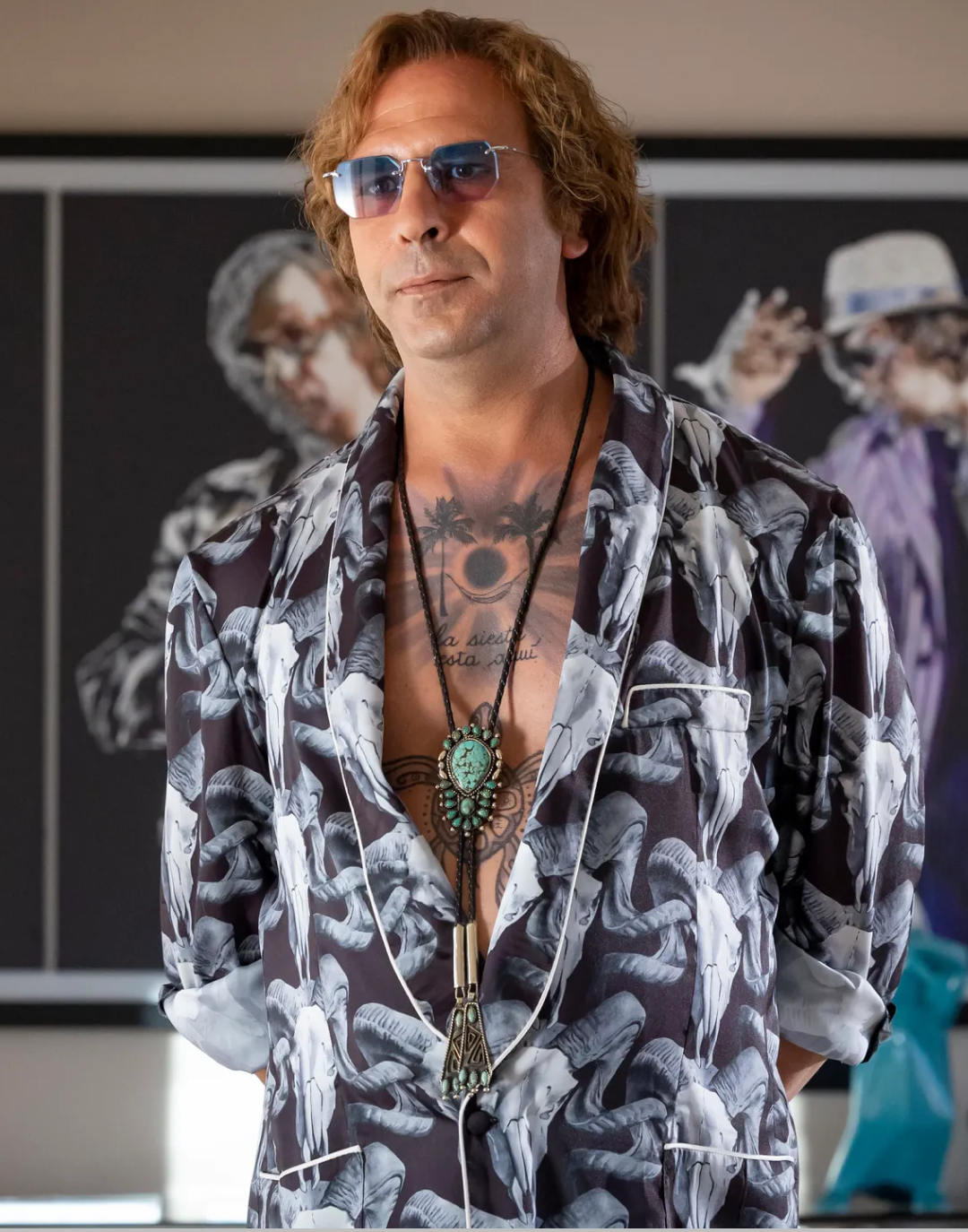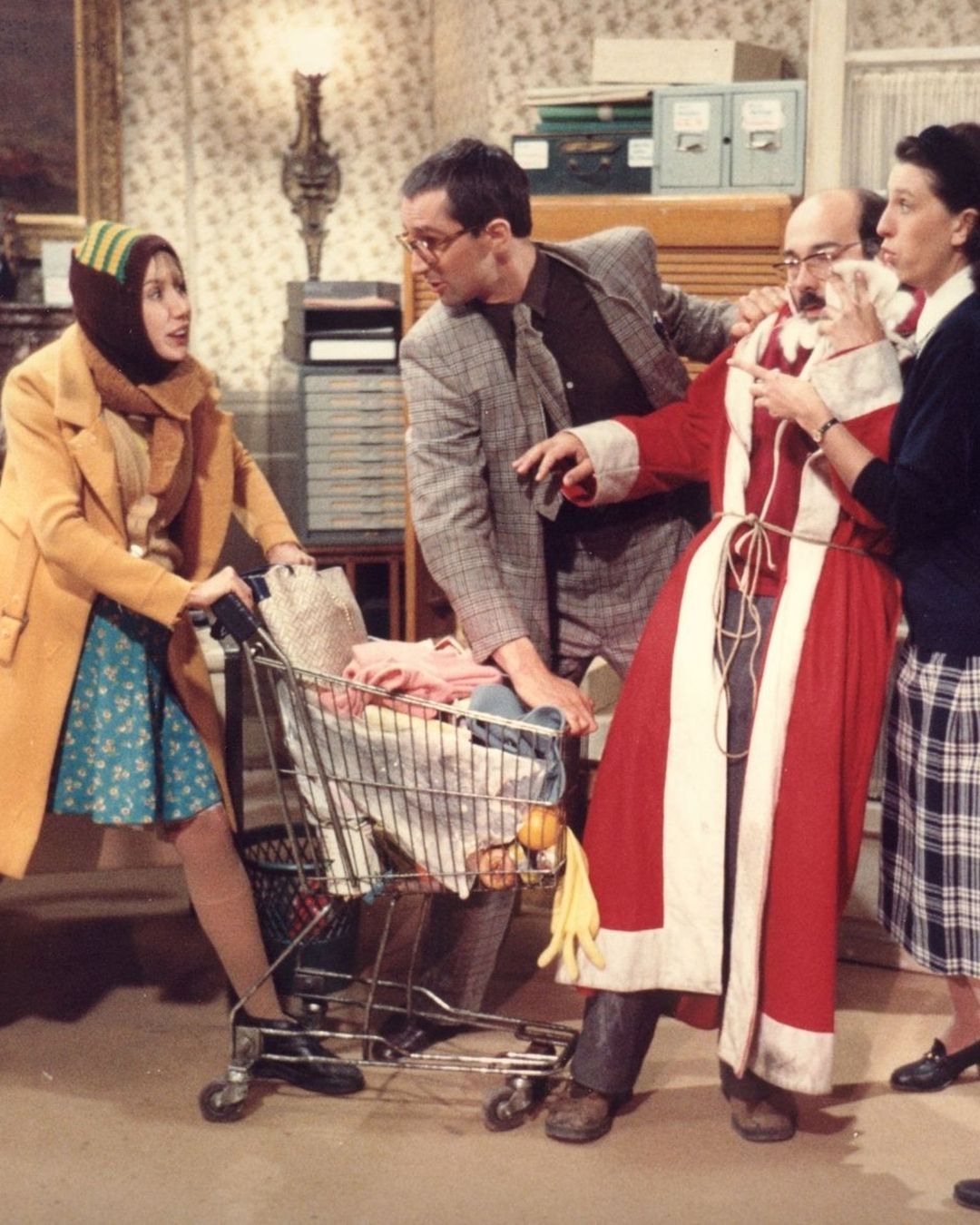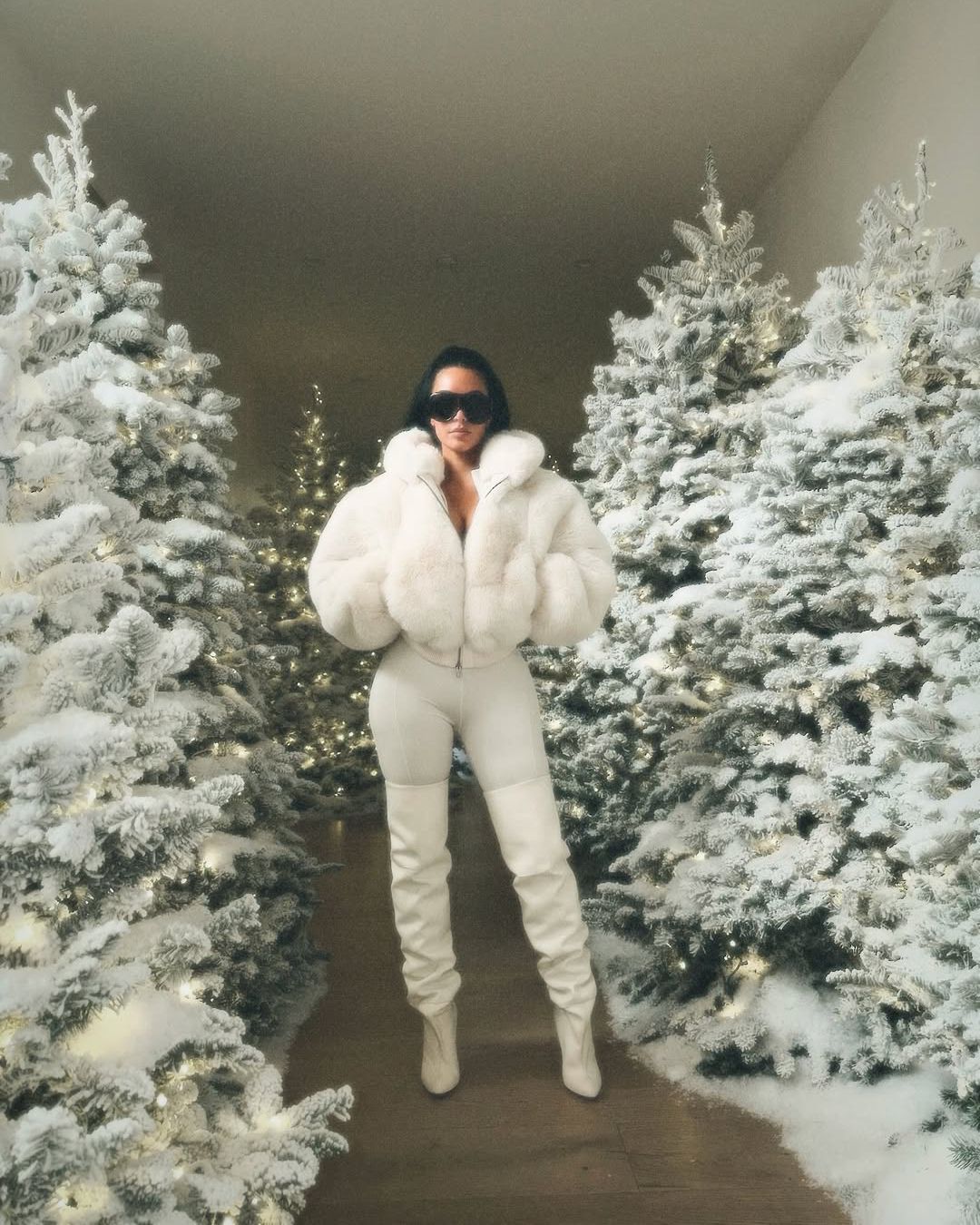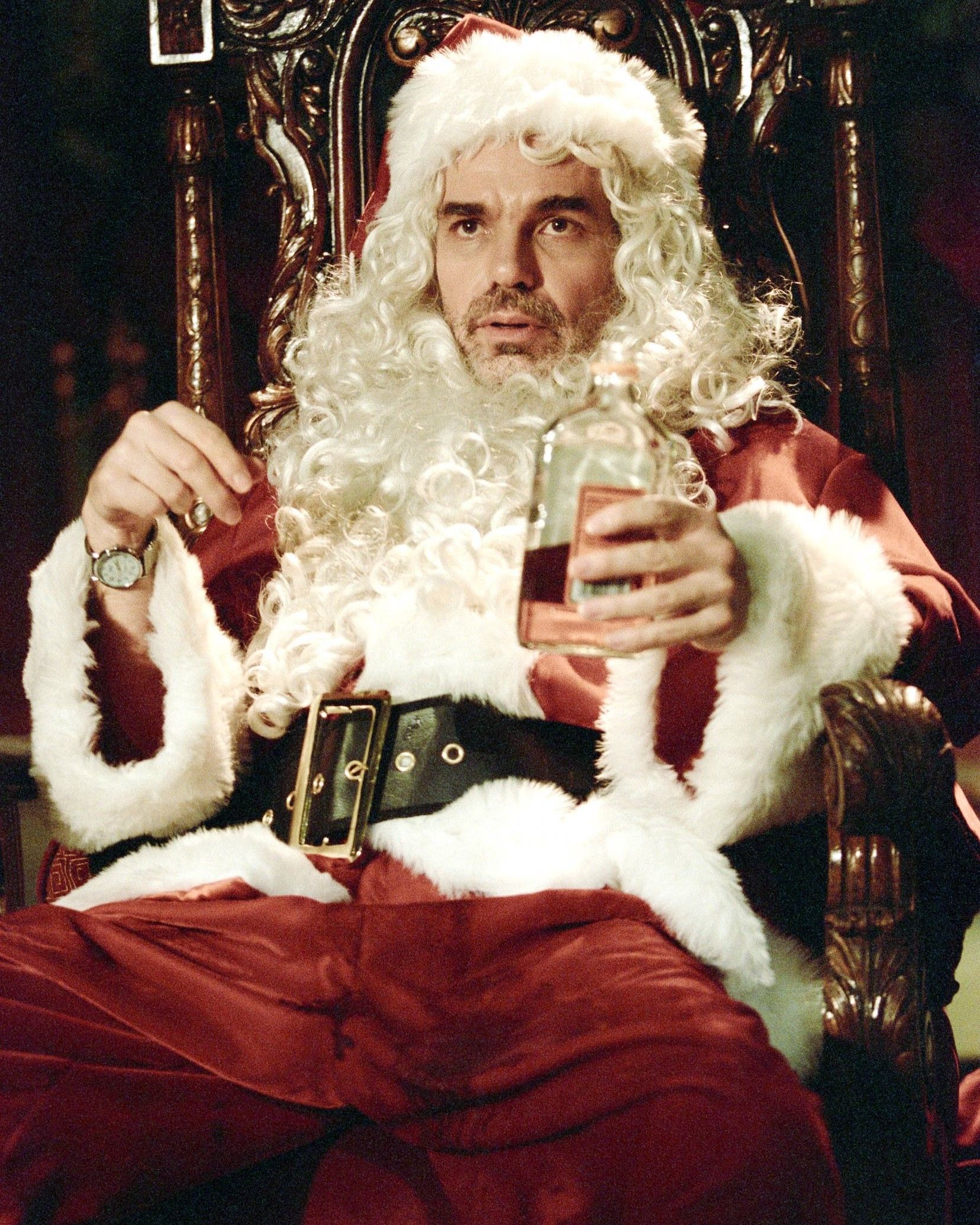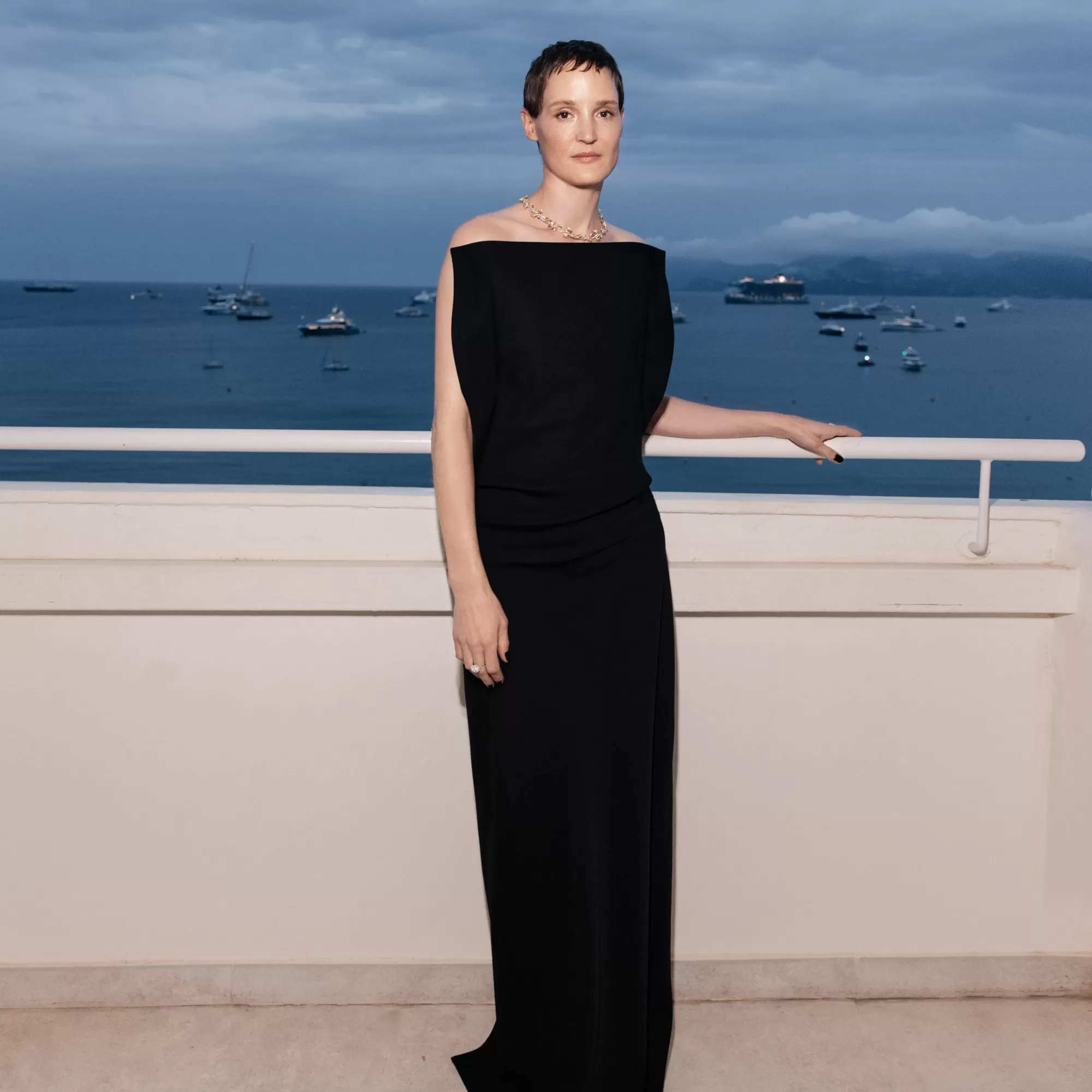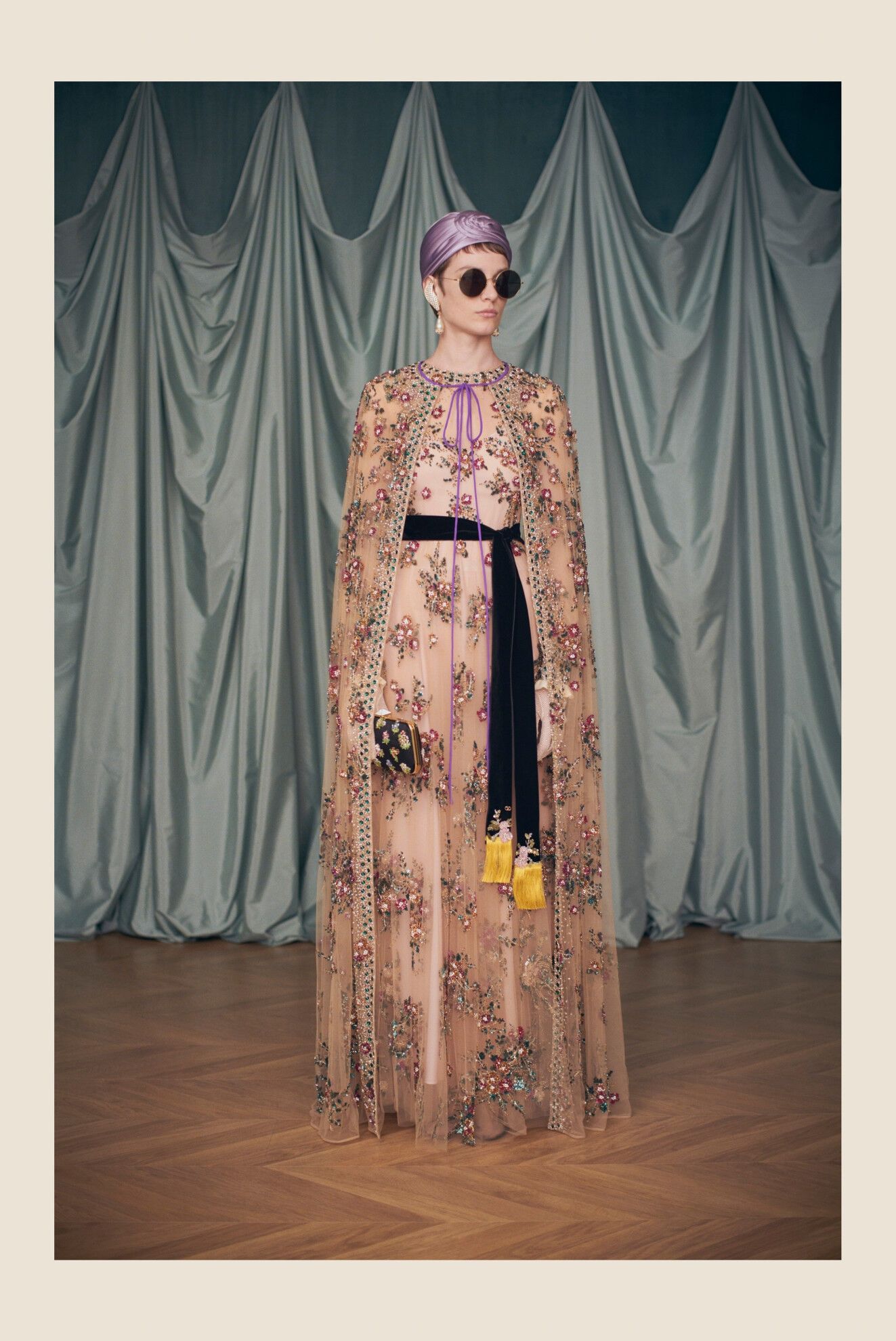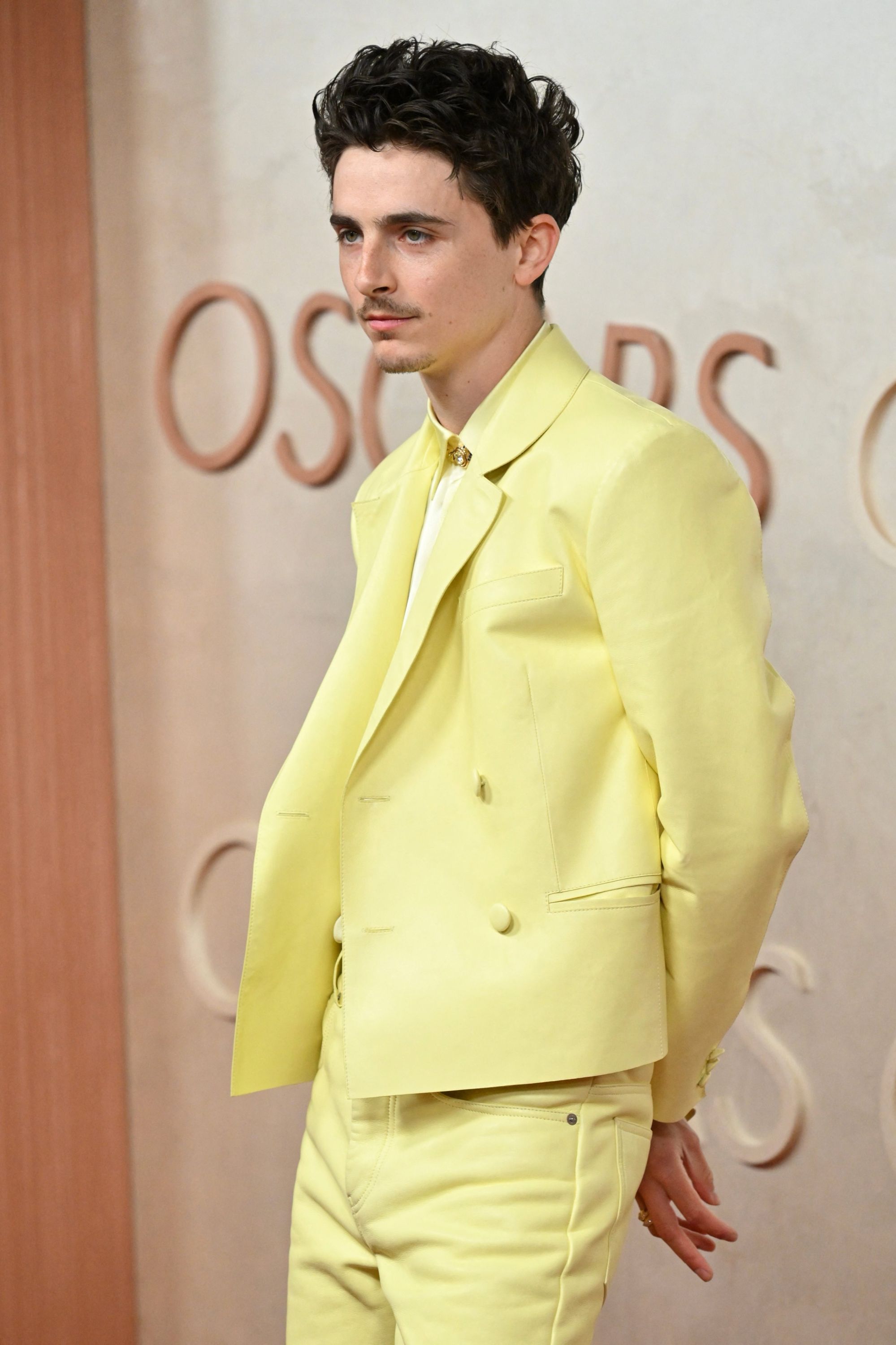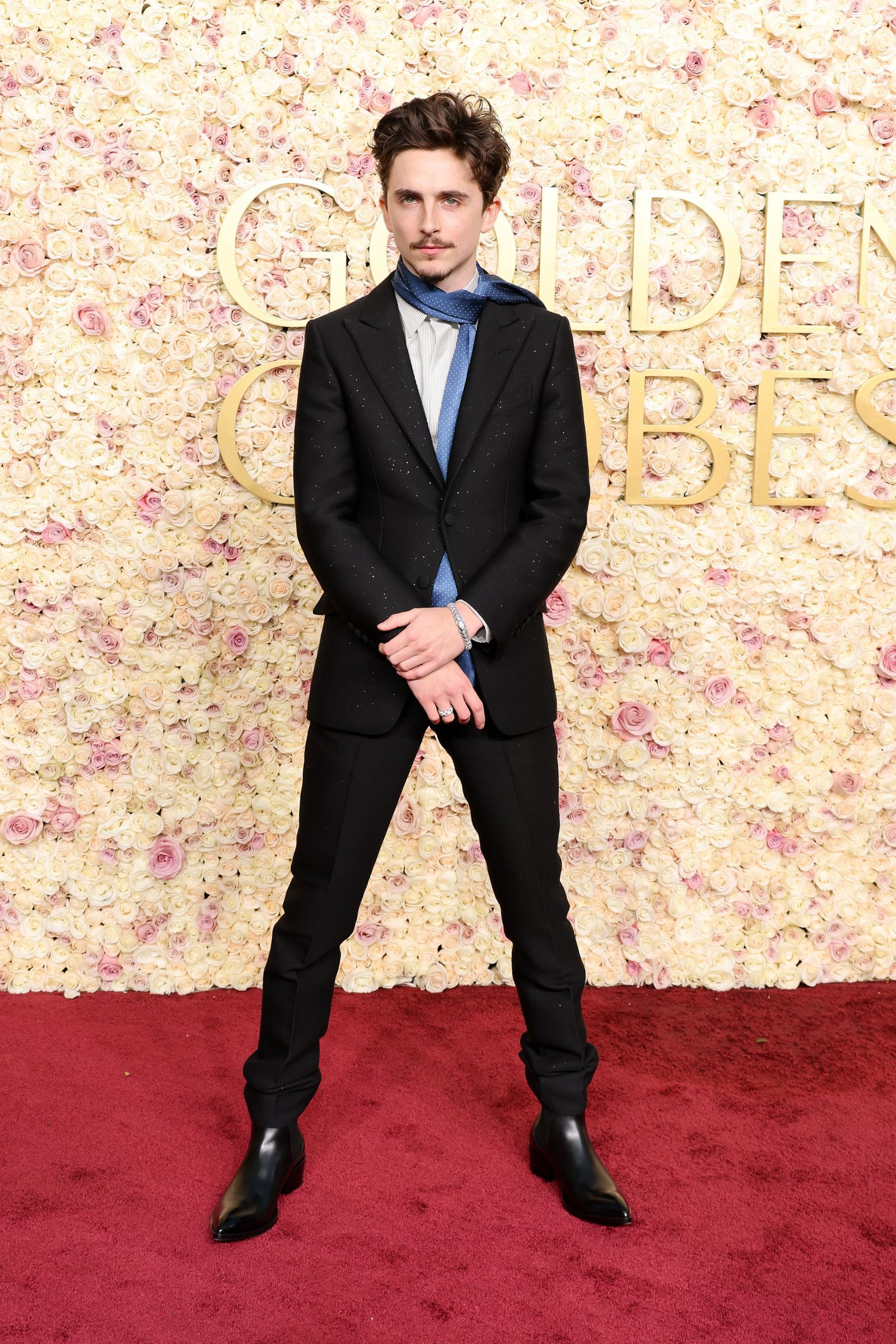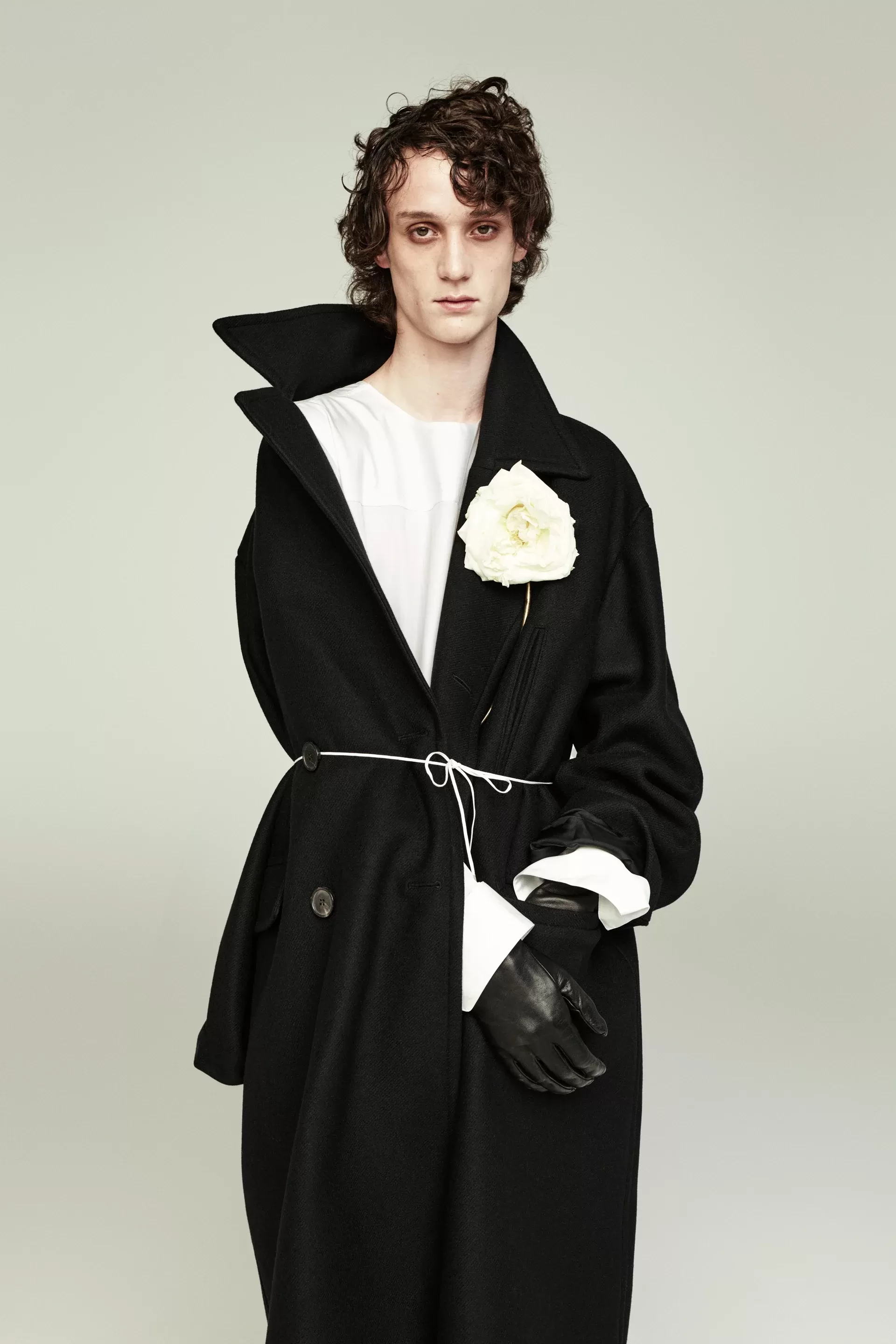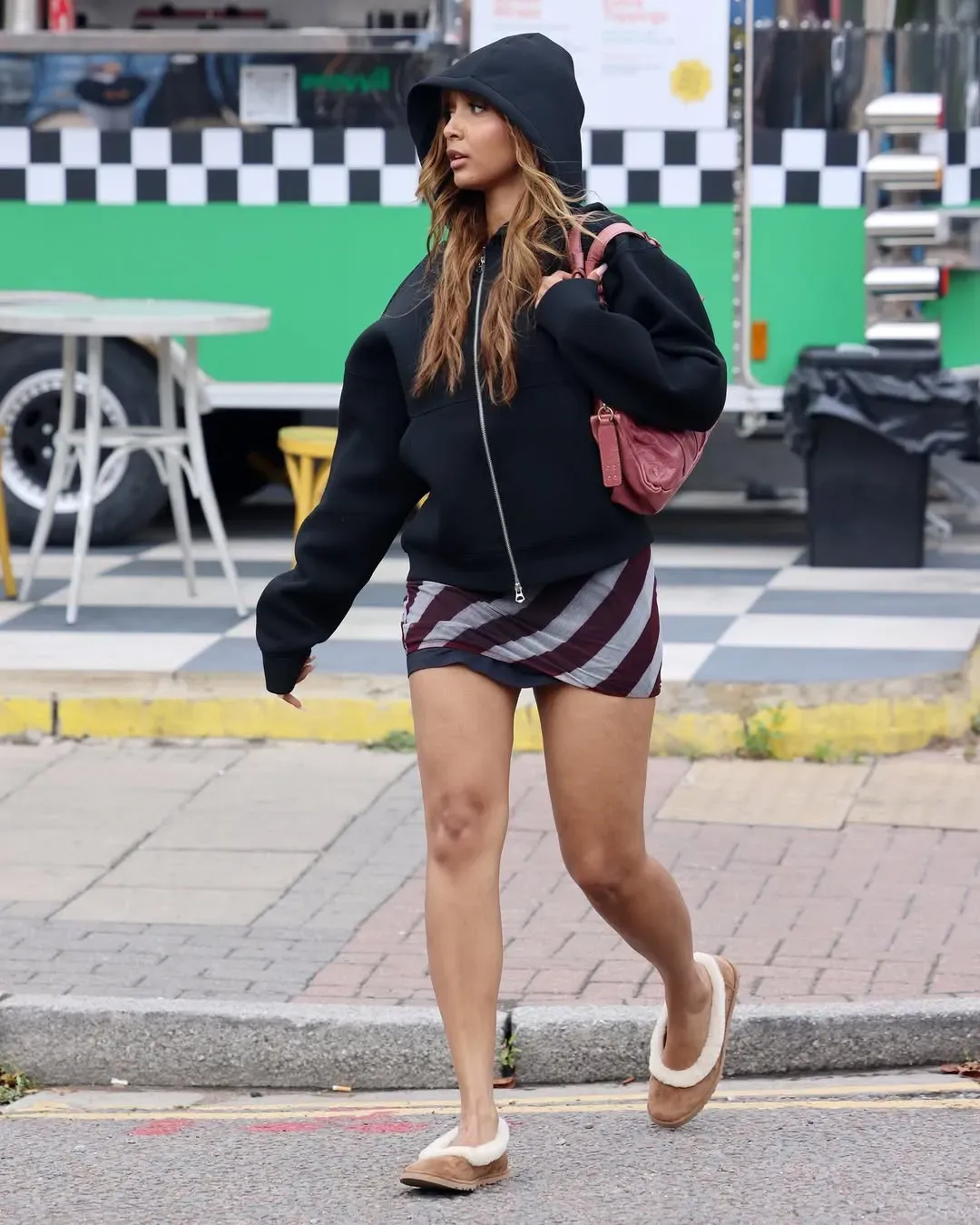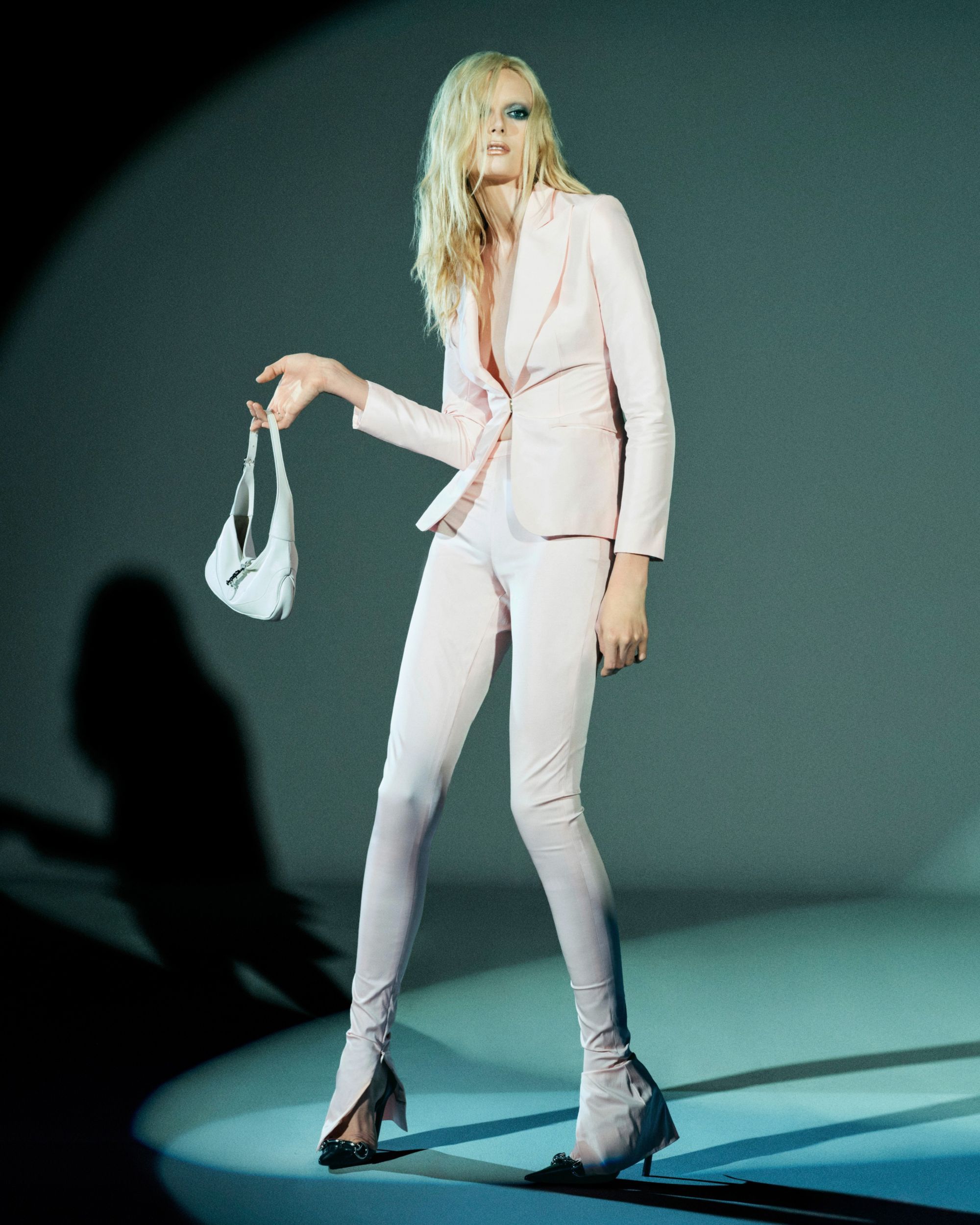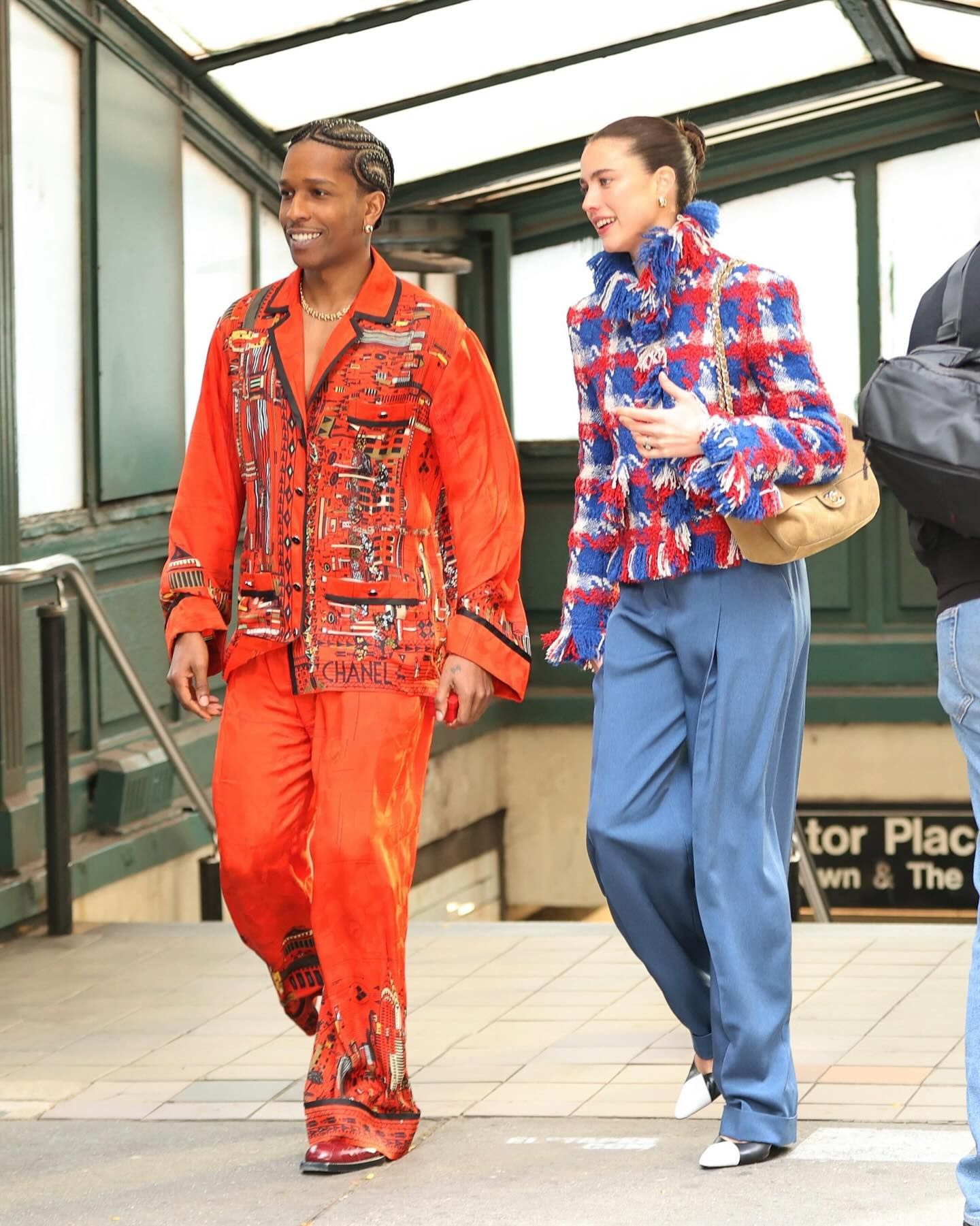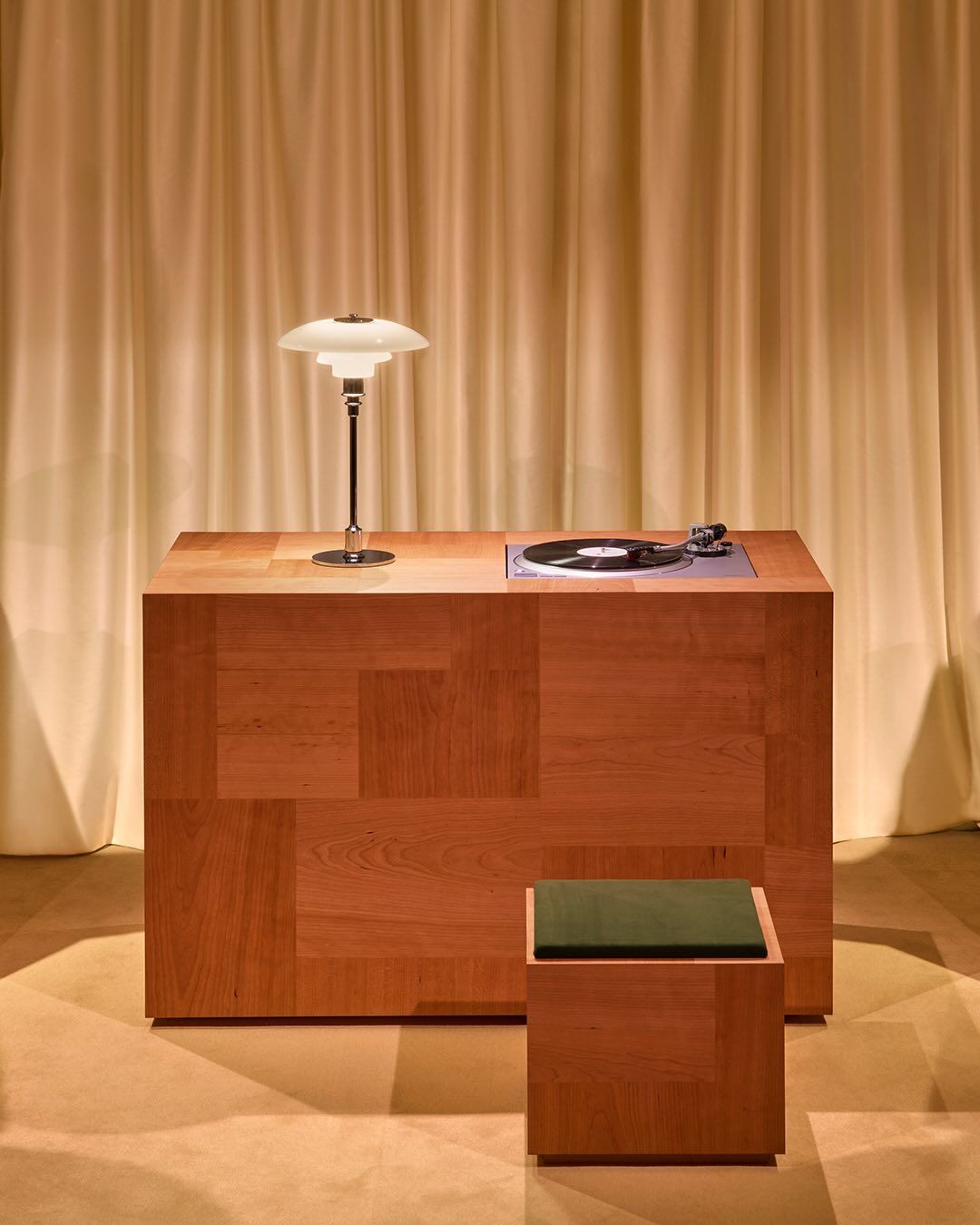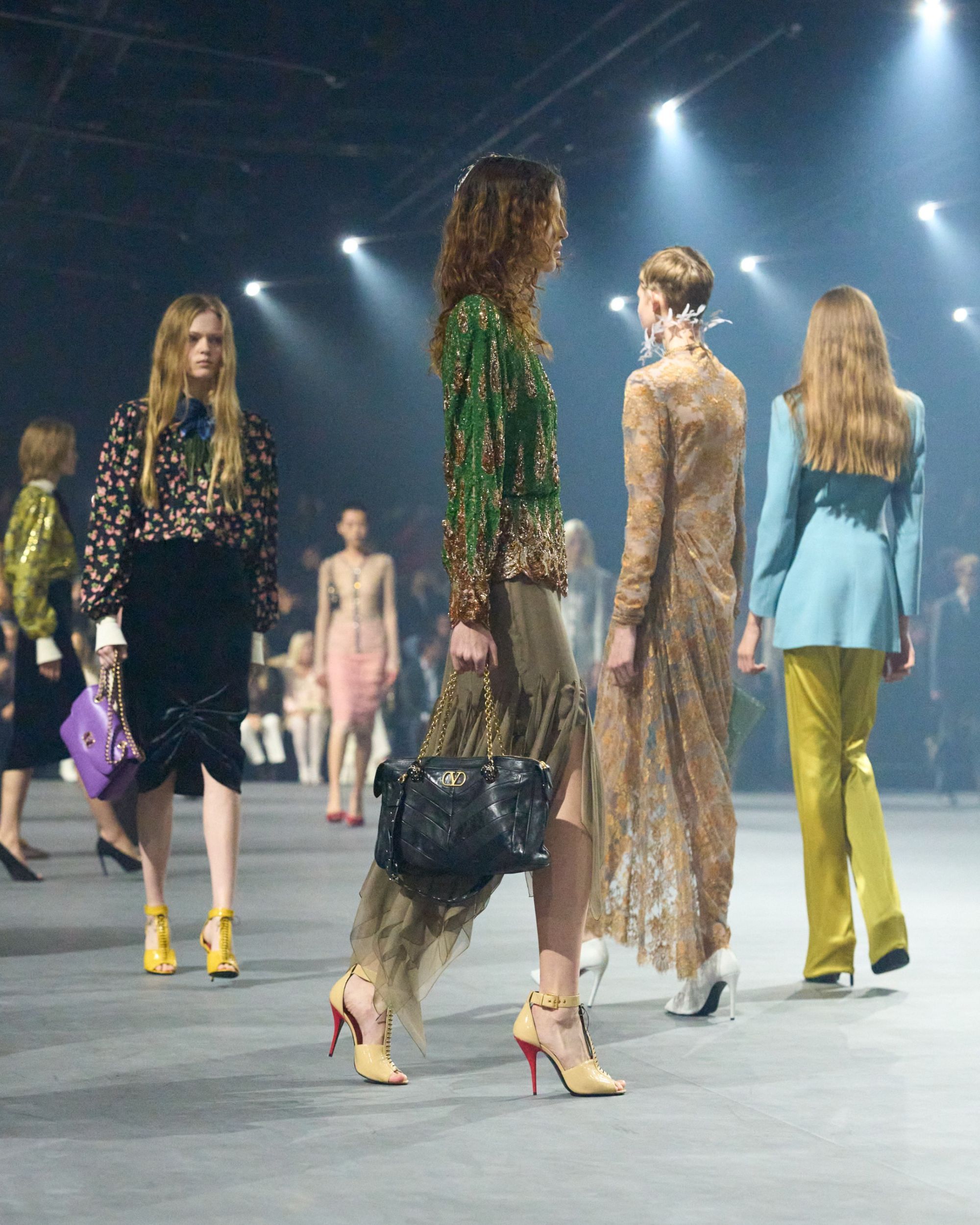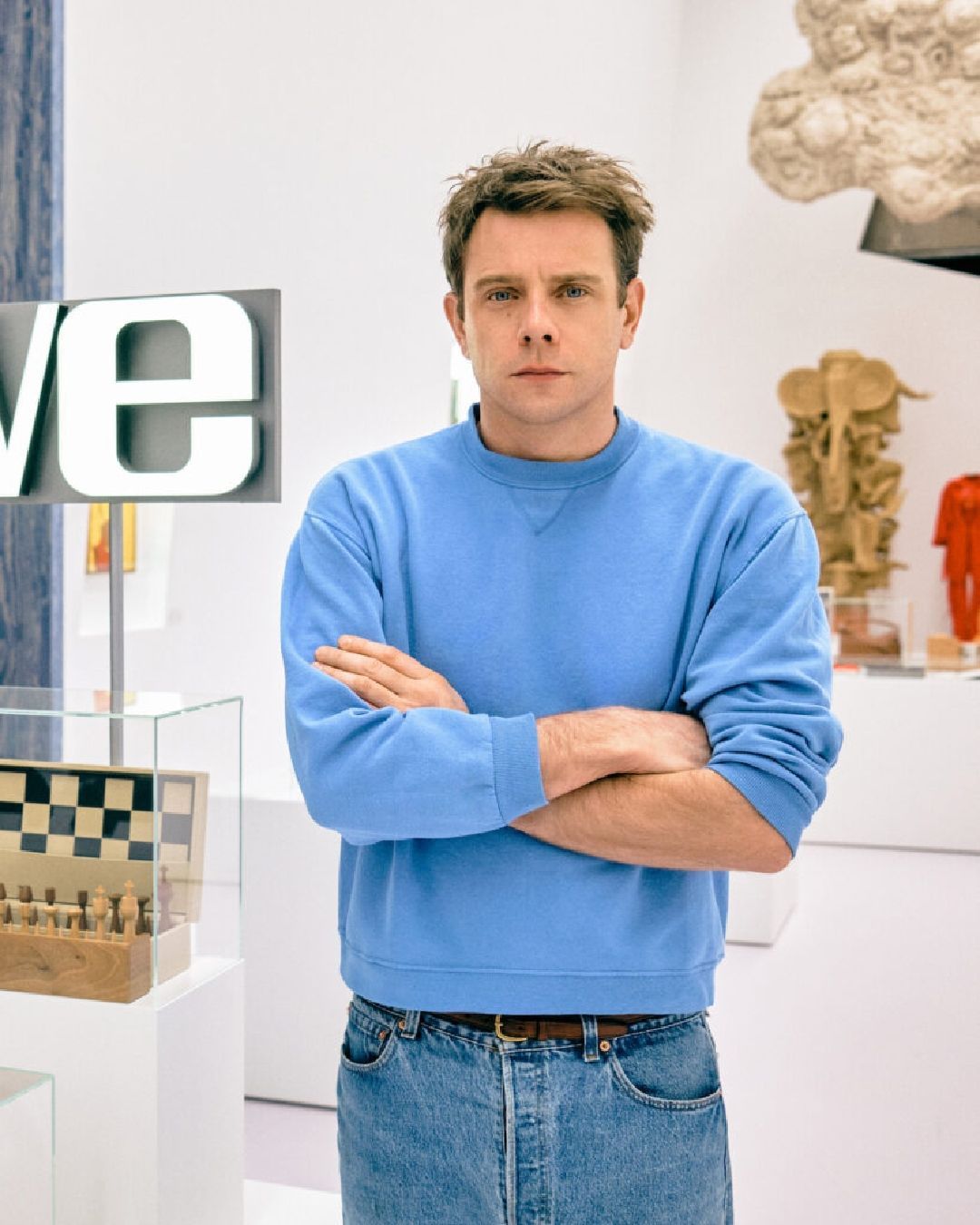
The art of soft launching new creative directors Whispering before shouting is the new strategy to win over fashion
Over the past year, the fashion landscape has undergone a radical reshuffling in creative direction—a sort of silent earthquake that has moved key figures from one maison to another like pieces in a strategic game. Triggering a spiral of speculation and anticipation among passionate insiders, the outcomes have always been more astonishing than expected. Alessandro Michele has landed at Valentino, while Pierpaolo Piccioli left the maison after years to take Demna's place as creative director of Balenciaga. Meanwhile, Louise Trotter has taken the reins at Bottega Veneta, Jonathan Anderson at Dior, Haider Ackermann at Tom Ford, Sarah Burton at Givenchy, and Julian Klausner at Dries Van Noten. More than a generational turnover, it seems like a true genetic mutation of creativity. Unlike other transitional moments in recent fashion history, today what’s changing isn’t just who creates, but also how what’s created is presented. The runway debut, once a totalizing event, is no longer enough. The new creative directors have started to rewrite even the liturgy of the launch, favoring more diluted, intimate, and—above all—strategically communicative strategies. It’s the era of the soft launch: no theatrical shows or flashy reveals, but subtle hints, curated appearances, details leaked across red carpets, social media, and surprise lookbooks. A gentle revolution that replaces the official announcement with the subtle clue. A statement of intent with a photo posted in just the right place, an aesthetic shouted through a well-measured whisper. In a system where content is devoured in real-time, the soft launch slows things down, builds anticipation, and restores value to imagination. At the same time, it exploits the power of digital and social media to amplify every detail.
@nssmagazine In a very quick turn of news, Mathieu Blazy, whose farewell to Bottega Veneta was announced not even half an hour ago, will become Chanel's new creative director. The appointment marks a momentous shift in gear for the French brand, which had already announced its intention to hire a long-term creative director, and ends the flood of speculation that a huge list of designers was to take over the Maison. What do you guys think? #matthieublazy #blazy #bottegaveneta #chanel #creativedirector #fashioncreative #fashionmeme #fashiontiktok suono originale - nss magazine
As the renowned fashion consultant Jean-Jacques Picart explained in an interview with Vogue Business, the first show of a new creative director rarely manages to fully embody the designer’s vision. It is in the second, if not even the third, where the soul of the designer begins to align with the true aesthetic and heritage of the brand they’ve taken over. The debut, therefore, becomes less definitive and more of a conversation. Perhaps that’s also why more and more designers are adopting the soft launch approach: revealing without fully exposing, testing the waters, reading real-time reactions and adjusting the course if needed. But this strategy also helps create an aura around the designer figure, making it more mysterious, more desirable, more narratable. Marketing becomes storytelling, and anticipation becomes part of the work. Jonathan Anderson for Dior is the latest example. The maison posted three cryptic images to the close friends of its official Instagram profile: two archival polaroids of Andy Warhol, one of Lee Radziwill, and one of Jean-Michel Basquiat, plus a Dior Book Tote that Anderson turned into a real book by reproducing the original cover of Bram Stoker’s Dracula. No explicit caption, just three fragments to indirectly announce the designer’s debut for the SS26 collection, expected at Paris Fashion Week on June 27. The gesture made the feeds go wild—its ambiguity triggered a circuit of interpretations, memes, predictions, and hype. Meanwhile, Dior got exactly what it wanted: attention, discussion, desire.
Equally powerful, though different in form, was Louise Trotter’s move. No social networks, no polaroids. Just two actresses, Julianne Moore and Vicky Krieps, on the Cannes Film Festival red carpet, dressed in her first looks for Bottega Veneta. A gesture reminiscent of Haider Ackermann’s move with Timothée Chalamet at the Golden Globes last January: he too, as the new name at Tom Ford, chose an actor as a silent messenger of his vision. And Chalamet again starred in Sarah Burton’s soft launch for Givenchy Homme at the Oscars. More classic yet just as effective was the method of Alessandro Michele at Valentino and Julian Klausner at Dries Van Noten. Both opted for a more editorial path. The former released a massive lookbook of 171 looks—like a silent film divided into acts—while the latter chose a more compact narrative, with 38 looks, yet equally refined in detail. It’s a way to take the necessary time, telling the story slowly and without pressure, of the new aesthetic that will soon be revealed.
Ultimately, the soft launch is more than just a teaser—it’s even more than a creative manifesto. In an industry used to grand gestures, a veiled preview is a statement of intent: less noise, more narrative control. With dozens of designers ready to debut at the same time, the art of standing out starts here too: creating the sensation of a launch without actually launching, preparing the audience for the event before the event itself. It’s a strategy that speaks directly to the heart of the algorithm: the one that amplifies what intrigues, not what is already clear. Fashion houses know it—audiences today crave hidden meanings, conspiracies, and storytelling. After all, fashion has always been a matter of allure.


